 |
| Church of St. Michael the Archangel |
We were now on the final leg on our Lakbay Norte 2 tour and our final destination was the marble quarrying, first-class municipality of San Miguel de Mayumo, a town rich in history within the equally historic province of Bulacan. Our special Victory Liner bus first dropped us off at the Church of St. Michael the Archangel where we were welcomed by Mr. Jose G. Clemente and Ms. Amelia Aquino, both of the Bulacan Tourism Convention and Visitors Bureau (BTCVB); Mr. Jimmy Corpuz, head of the National Historic Conservation Society; and municipal tourism officer Ms. Divina Quetua. This Baroque-style church, with its statue of St. Michael the Archangel slaying the dragon at the center panel of the pediment, was built (or rebuilt) in 1848 by Fr. Juan M. Tombo and was completed in 1869 by Fr. Francisco Arriola. Maximo Viola, the financier of the printing of Rizal’s Noli me Tangere, is buried in a vault within the church. After the church tour, we all cross the street to pay a courtesy call on Mayor Roderick Tiongson at the municipal hall (built in 1874).
| Simon Tecson Mansion |
Being an hour behind schedule, we had no time to tour, on foot, San Miguel’s 25-30 ancestral houses (the town is called the “Vigan of Bulacan”) scattered around the town proper as we had to drop by Biak-na-Bato National Park, site of the Biak-na-Bato Republic. These bahay na bato were built with different styles of architecture and colors during the Spanish and American eras, all existing testimonies to the abundance and prosperity of the past. Instead, we did a slow tour via our bus, along the town’s narrow streets, with Mr. Clemente commenting on each house we passed. In the past, landed barons running haciendas in Central Luzon built their grand residences or vacation houses in San Miguel de Mayumo where they hosted lavished parties or soirees.
| Bahay Paniki Cave |
We arrived at the 2,117-hectare Biak-na-Bato National Park by 5 PM. Our 1-hr. tour took us past Gen. Aguinaldo Cave (Emilio Aguinaldo‘s headquarters in 1897 and site of the Biak-na-Bato Republic) all the way up to Bahay Paniki Cave, located upstream from the Balaong River. Probably the largest cave in the area, the cave has a rather deep natural indoor swimming pool fed by an underground stream. Thousands of fruit bats fly in and out from dawn and dusk but we were not to witness this as approaching darkness would make our return trek difficult.
 |
| Lakbay Norte media group with BTCVB |
It was already dark when we returned to the park’s new pavilion for a snack of ensaymada (a brioche made with butter and topped with grated cheese and sugar) and arroz caldo (a rice porridge flavored with chicken) After a short press briefing and photo ops, we all returned to bus for our 2-hr. return trip to Manila. However, the grateful town and its people wouldn’t let us go without bringing home some pasalubong of the town’s famous delicacies. Waiting for us at the bus were pastillas de leche (delicious, mouth-watering candy made from sugar and pure carabao’s milk), tableya (old fashion Philippine chocolate), minasa (cassava cookies), yema balls (a sweet custard candy made with condensed milk and egg yolks) and chicharon (fried pork crackling).

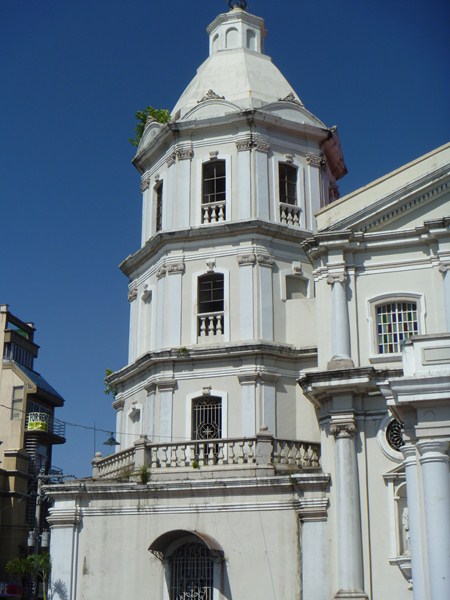
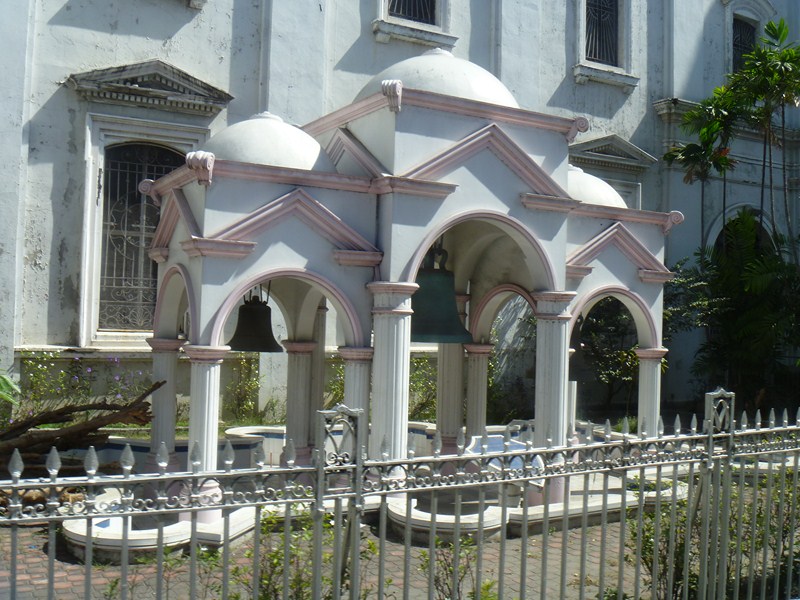
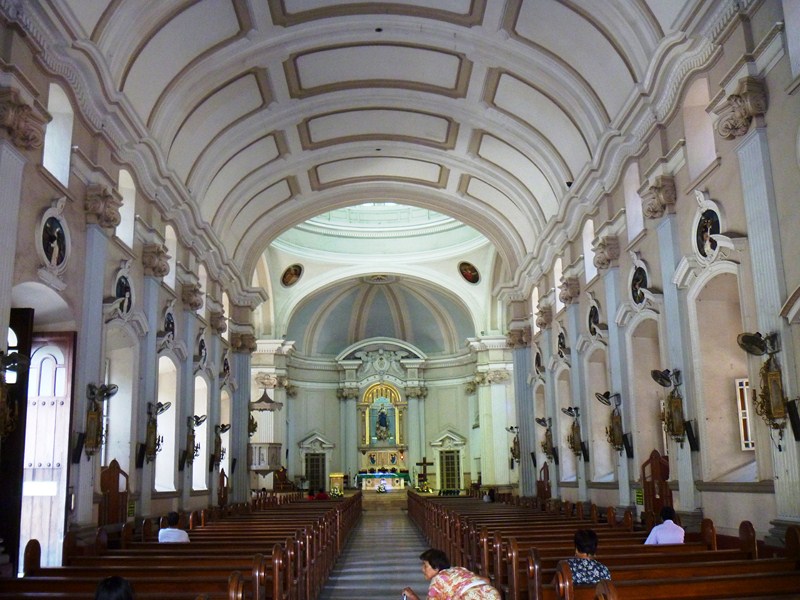
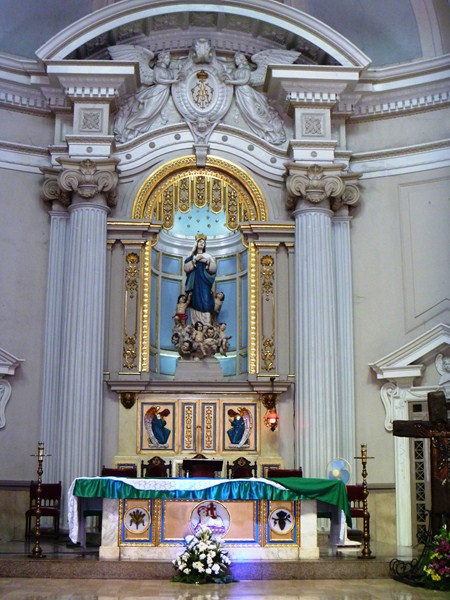
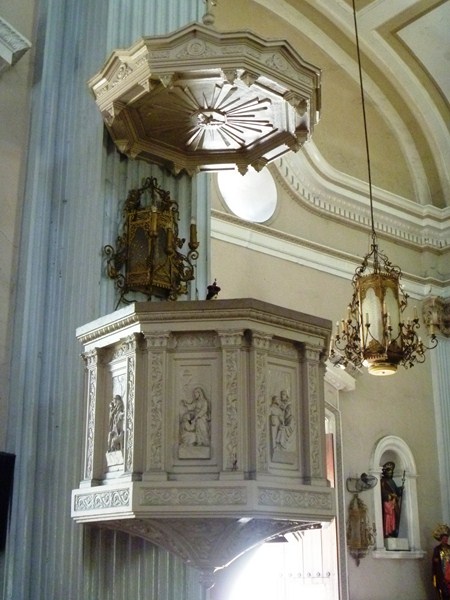
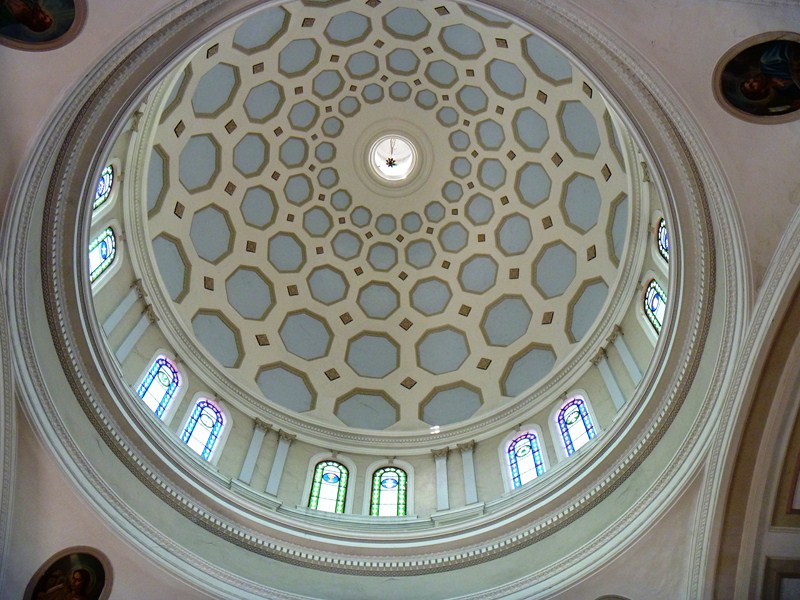
.jpg)


